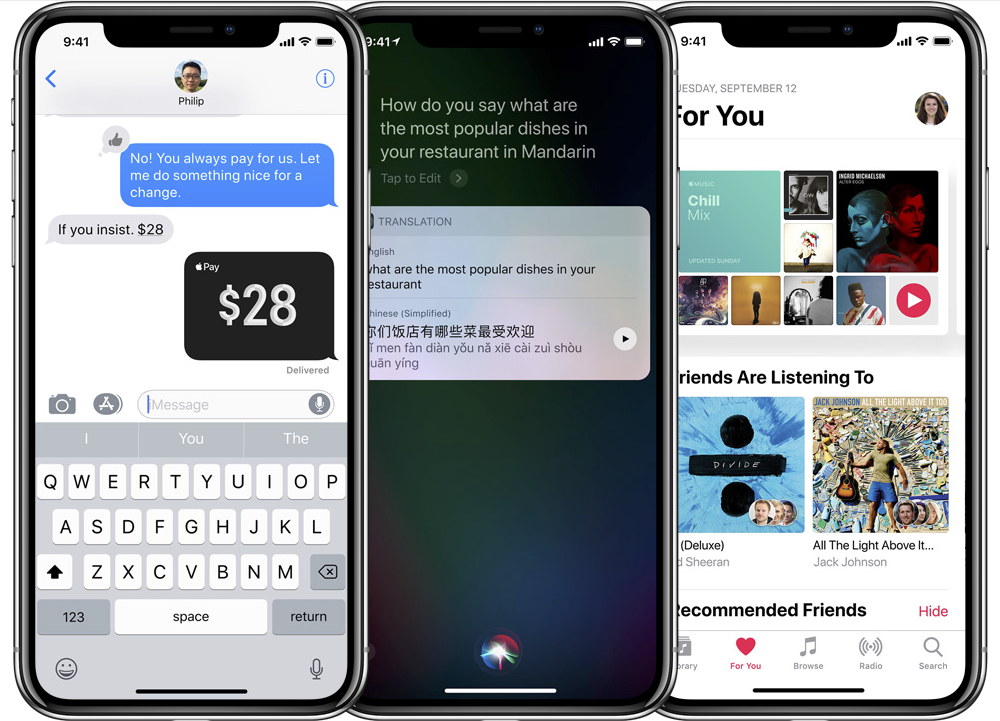
The iPhoneX is comprised of glass on the front and back, and also lacks a home button, requiring gestures to interact with apps.
A story in Fast Company’s Design magazine highlights Apple’s essential conundrum: the company makes sleek, light products that users covet for their looks, but which are rife with practical issues. So far this hasn’t caused demand for all but the iPhone X to drop, but will that always be the case?
Example number one in the story: the MacBook Pro, a slim laptop with a “butterfly” keyboard that’s so thin, even a crumb under a key will break it. To repair the keyboard, Apple must replace the whole top case—at the eye-popping rate of $700. Introduced in 2016, the design evolved in the drive to make the keyboards 3.1 millimeters thinner, according to an interview with Apple’s chief marketing officer Phil Schiller.
The story by Cliff Kuang points out an array of issues with Apple products:
“…awkward new gestures, the iPhone X that can now shatter on both the front and the back, MacBook Pros that are comically fragile. But what people aren’t talking about is how these failures connect to a greater shortcoming: Apple’s pursuit of making new gadgets that are easy to market instead of easy to use.”
The iPhone X wins the distinction of being most problematic, from a higher cost to the ease of dropping and breaking—despite how Apple could easily design around those flaws by making it easier to grip, tougher to break and adding a case that better protects it. Instead, Apple has sacrificed practicality for beauty. Apple even changed the standard text font to a thinner one on the iOS7, but changed it back after being deluged with complaints that it was harder to read.
The elimination of the home button has made the iPhone X less popular than preceding versions, too, partly because to access content requires awkward swiping.
Will this impel Apple to retool its design? Kuang says no.
“The company has gone from being a champion of a user-friendly world view to being a champion of beating Wall Street’s expectations,” Kuang wrote. “When the iPhone came around, Apple finally found a market it could dominate outright without readily being copied. And once it found that market, Apple sat on it with all the weight that its marketing machine could bear. And it’s working. Today, 80% of teenagers prefer iPhone to Android, meaning that Apple will have little imperative to change what it’s doing.”
read more at fastcodesign.com.







Leave A Comment